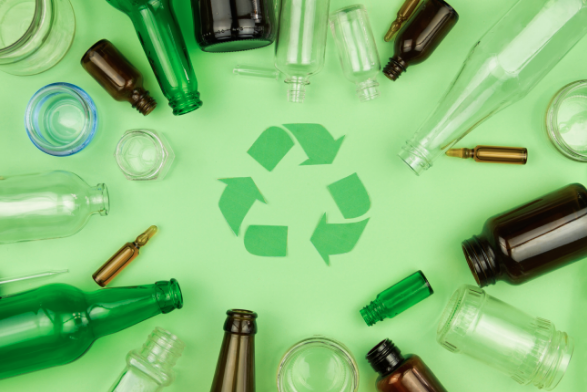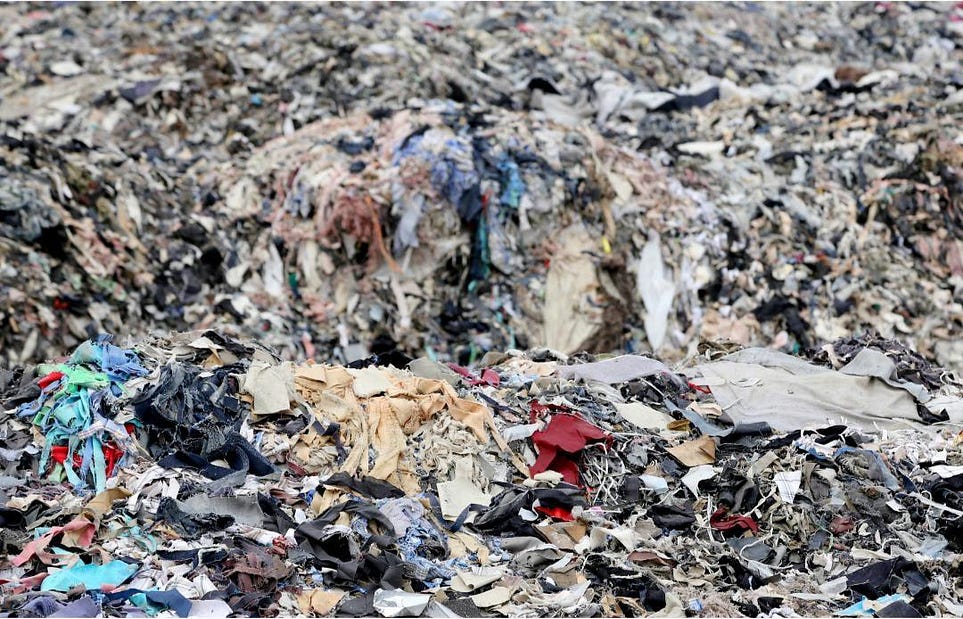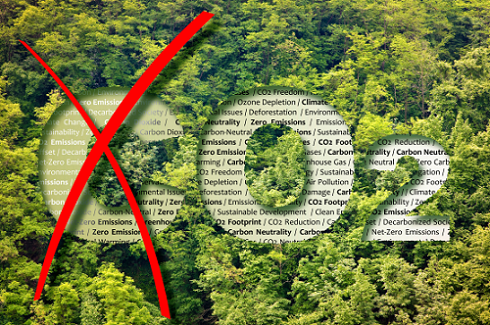
Glass is a non-crystalline, often transparent, amorphous solid that has widespread practical, technological, and decorative application.
Glass is a material that can be recycled indefinitely without losing any quality. It can be melted down and transformed into a variety of products, from glass fibre to drinking glasses. Glass is taken to a manufacturing or recycling plant, where it is broken down into smaller pieces called cullet which can be re-manufactured to new recycled glass products.
Benefits of Recycling Glass
- Glass produced from recycled glass reduces related air pollution by 20% and related water pollution by 50%.
- Recycling glass reduces the space in landfills that would otherwise be taken up by used bottles and jars.
How does Glass Recycling protect the Environment?
It may take up to a million years for a glass product to decompose after being disposed of in a landfill.
Glass products and materials are 100% recyclable and can be recycled endlessly without losing their purity or quality. Every ton of glass that is recycled saves more than a ton of the raw materials needed to create new glass, which only necessitates the extraction of less natural resources like sand, limestone, and soda ash from the environment. Glass scraps are crushed into cullet, which can be melted down and utilized to create new glass items, promoting the circular economy.
Glass is considered as one of the easiest materials to recycle. Glass items should not be directed to landfills as they can be recycled, remanufactured to new products, and even help save natural resources by using less virgin materials.
Get More Info : laptop recycling in dubai
Website : https://yesfullcircle.com/
Contact Us : E-waste Recycling Service in Dubai



